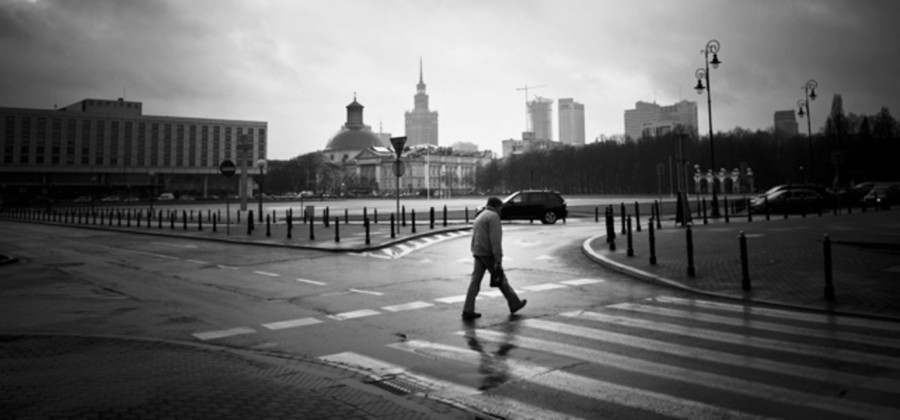"There's a fundamental tension between design and engineering." ~@rands
Adam Rifkin stashed this in Design!

Stashed in: Usability!, @rands, Culture, Engineers!
I just read randsinrepose's Design Primer for Engineers and thoroughly enjoyed this part:
[Software] became a worldwide phenomenal when anyone, anywhere could mail anyone else a picture of their cat.
The arrival of everyone (and their cats) presented a challenge to these early software development teams. These teams were used to working with early adopters and their particular needs. See, early adopters are willing to put up with a lot of crap — it’s part of the deal we have with them. “You get to play with the latest and greatest, but it may explode at any point.” Early adopters are cool with these explosions because early adoption makes them feel, well, cool.
When everyone arrived, everyone didn’t want explosions — they just wanted it to work. Engineers hear “just works” as “they want fewer explosions”, but that’s not what everyone wanted. They wanted to send a picture of their cat in the simplest way possible. They didn’t care about JavaScript, security, frames or plugins; they just wanted to mail a picture of their goddamned cat without the application exploding.
Design results in the tangible translation between engineering thought: “fewer explosions” and user thought: “reliable, one-click cat photo mailing”. Good design manages to both showcase the best of engineering efforts while simultaneously hiding them from the user.
After working with a wide of variety of designers, my opinion is that the role of design is:
Understanding what most users want.
Prioritizing and focusing on the most important of those wants.
- Using this knowledge to exceed user expectations.
The rest of the article goes on to explain what this means.
Rands sums it up nicely: "A design-centered culture is at throwaway empty phrase unless everyone responsible for the culture of design is in each other’s faces."













12:24 PM Jan 30 2012